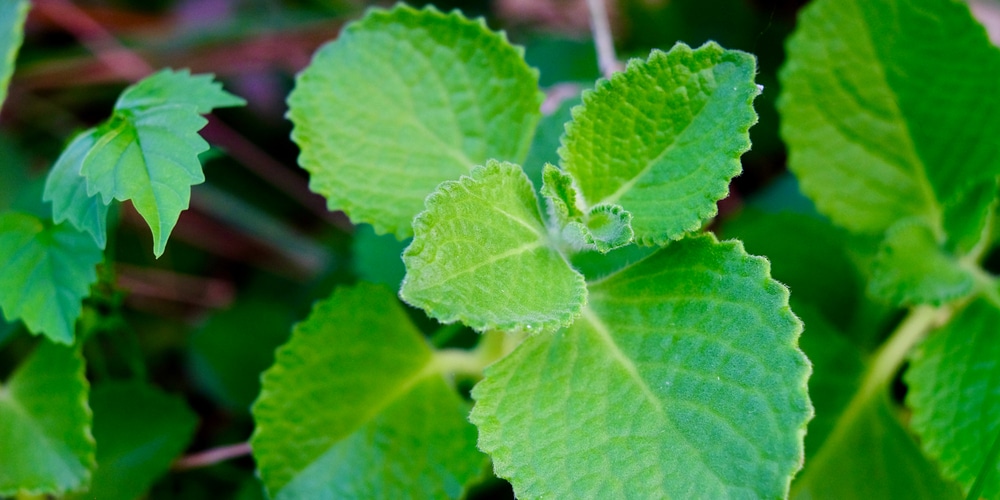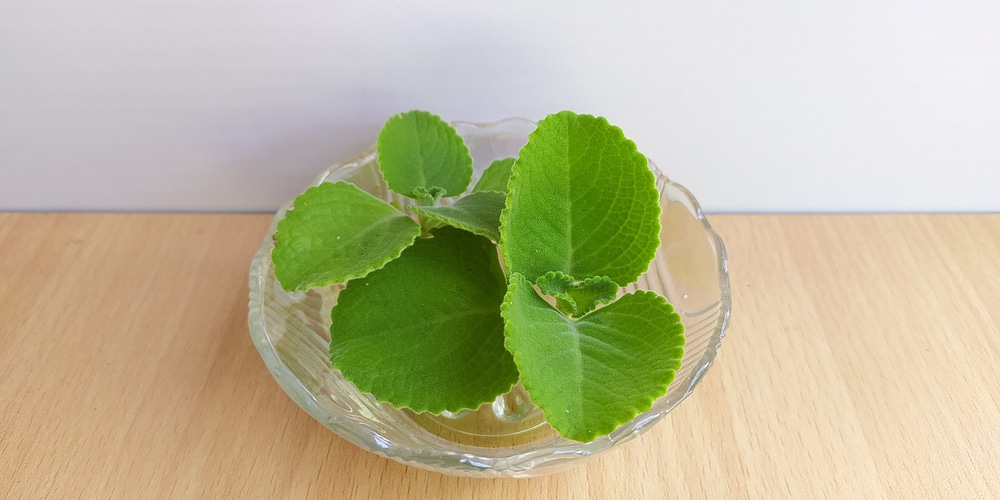The Indian mint, also known as the Mentha Avensis, is a hardy perennial widely used in traditional medicine. It has a strong, pungent flavor and aroma and is popular for use in teas, candies, and toothpaste.
In this guide, we will look at the growth and care of an Indian mint plant. We will discuss how to propagate Indian mint plants, care for them during their growing season, and Harvesting tips. So, if you are interested in learning more about this intriguing herb, keep reading!
What is an Indian Mint Plant?

The Indian mint plant belongs to the genus Mentha, which includes about 20 species of aromatic, mostly perennial plants in the family Lamiaceae. India is thought to be where this plant originated. However, it can now be found growing wild throughout Asia and in many parts of Europe.
The Indian mint plant stems measure from 1 to 3 feet tall and grow from an underground rootstock. The leaves of the Indian mint plant are dark green with a wrinkled appearance. Indian mint plants produce small, light-pink to purple flowers that bloom from April through October.
How to Care for an Indian Mint Plant?
An Indian mint plant can be grown in almost any location that receives partial sun exposure. Keep the soil moist but not soggy and fertilize regularly during the growing season with a balanced organic fertilizer like fish emulsion or manure tea.
Indian mint plants prefer cool conditions and do not like intense heat or full sun exposure. If grown outside during the summer months, keep Indian mint plants shaded from the sun by placing them under a tree, beneath the leaves of another plant, or with other shade-loving plants. Indian mint plants can also be grown indoors in pots or window boxes.
The best time to harvest an Indian mint plant is right before it blooms since its flavor will be the strongest. If you want your Indian mint to continue producing leaves, cut a few inches off the top of the plant periodically throughout its growing season.
Propagation of an Indian Mint Plant
Indian mint plants are easy to propagate. All you need to do is gently pull up the plant and pry apart the rootstock into sections. Ensure you place the divisions in moist soil in an area that receives indirect sunlight during the hottest part of the day.
It is also possible to propagate Indian mint plants from cuttings. However, this requires a bit more effort and can take much longer for the plant to take root. To propagate Indian mint plants by stem cuttings, use a sharp knife or razor blade to remove a small section of the stem containing two nodes and a bud. Next, place the cutting in a glass of water for a few days. Once the cutting has had time to form roots, it can be replanted in moist soil and allowed to grow.
Conclusion
Indian mint plants are hardy perennials that prefers cool conditions with partial sun exposure. To keep Indian mint plants healthy and growing well, make sure they are properly spaced apart in moist soil, fertilized regularly during the growing season, and allowed to get plenty of light. You might also want to propagate your Indian mint plant from cuttings if you are growing it indoors.
Related: What Herbs Can be Planted Together
